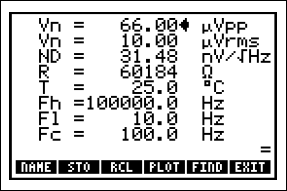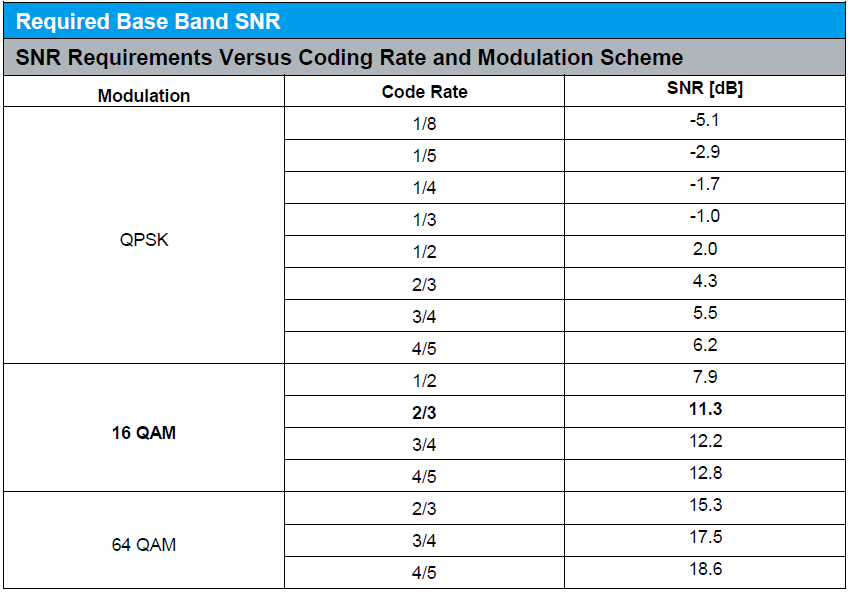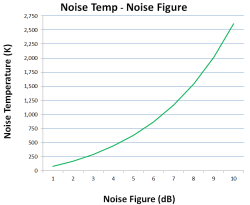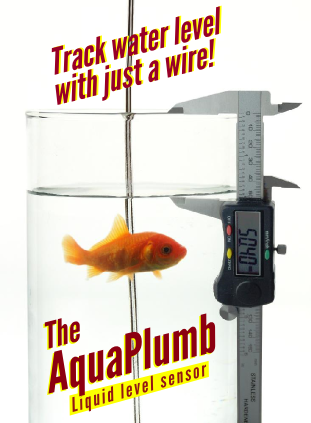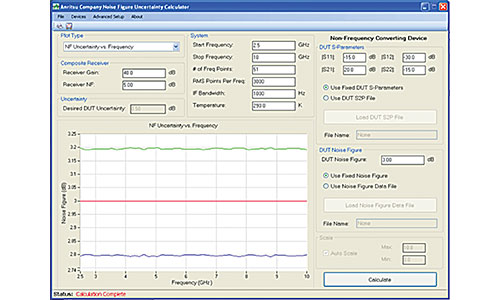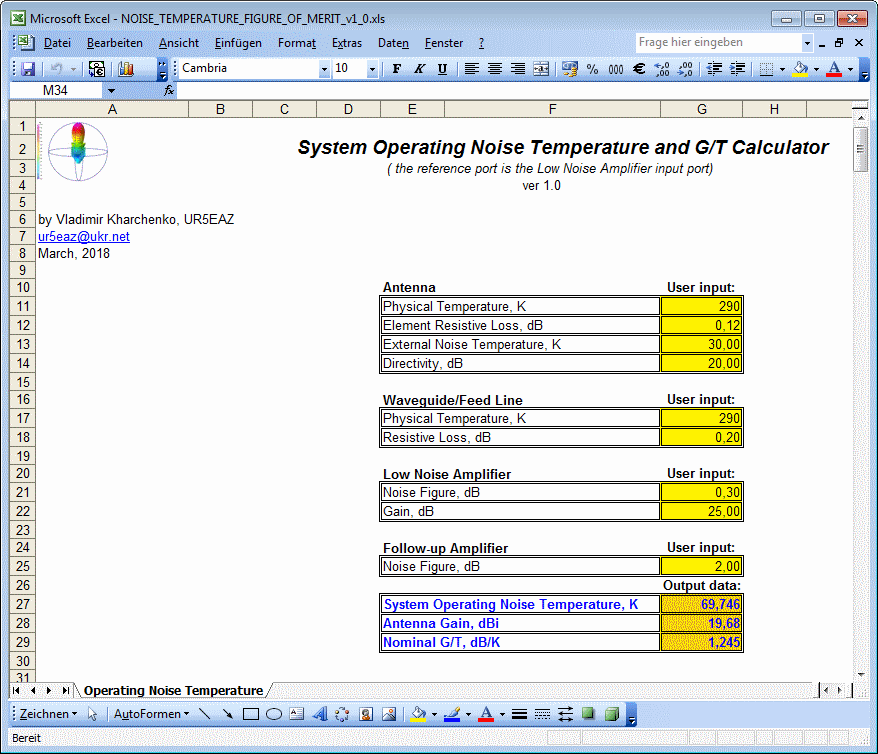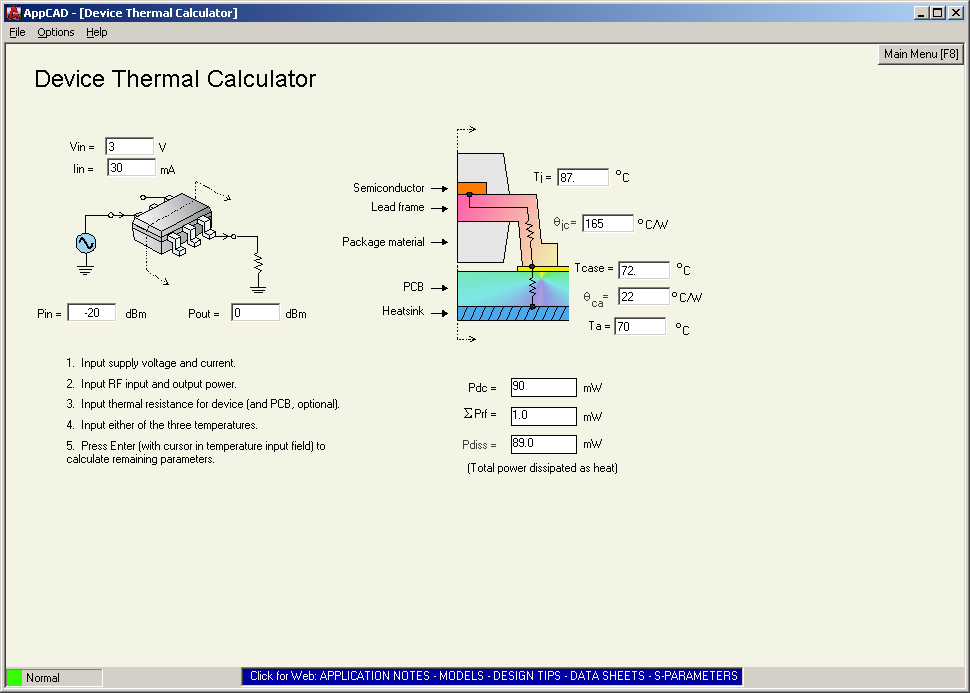Thermal Noise Floor Calculator

The thermal noise floor only dominates for frequencies greater than some corner frequency.
Thermal noise floor calculator. Noise power is based on the thermal noise power at the input of the system along with system gain and noise figure where multiply by 1000 to obtain milliwatts and then convert to dbm units. To calculate the effective noise power of the thermal noise injected into the system over the frequency of interest then psd is integrated over the band. Thermal noise calculations for room temperature it is possible to calculate the thermal noise levels for room temperature 20 c or 290 k. The noise resulting from thermal agitation of electrons is referred as thermal noise.
The thermal noise floor you measure will depend on the bandwidth of your instrument. This is most commonly calculated for a 1 hz bandwidth as it is easy to scale from here as noise power is proportional to the bandwidth. The thermal noise power depends of the bandwidth and temperature of the surroundings. What this means is that a simple resistor can produce white noise in any amplifier circuit.
It is a specification that. For this purpose thermal noise is injected into the system at 290 kelvin. Ein means equivalent input noise. Thermal noise power calculator thermal noise is a noise that is a result of the thermal agitation of electrons.
This is the frequency at which 1 f noise becomes approximately equal to the thermal noise floor. The most common impedance is 50 ω. The psd of the injected thermal noise at 290 kelvin as per equation 6 can be calculated to be 174 dbm hz. A measuring determining the ratio usually expressed in db of the thermal noise voltage at the output to that at the input and b subtracting from that result the gain of the system in decibels.
Typical noise figures range from 0 5 db for very low noise devices to 4 to 8 db. Thermal noise power and voltage equation. Or factoring out the 1000. Thermal noise spectrum is gaussian in shape.
Enter the temperature and bandwidth and click on calculate to get the thermal noise power. Following equation or formula is used for thermal noise power and voltage calculator. It is measured in noise power units of dbm or watt or noise voltage.



